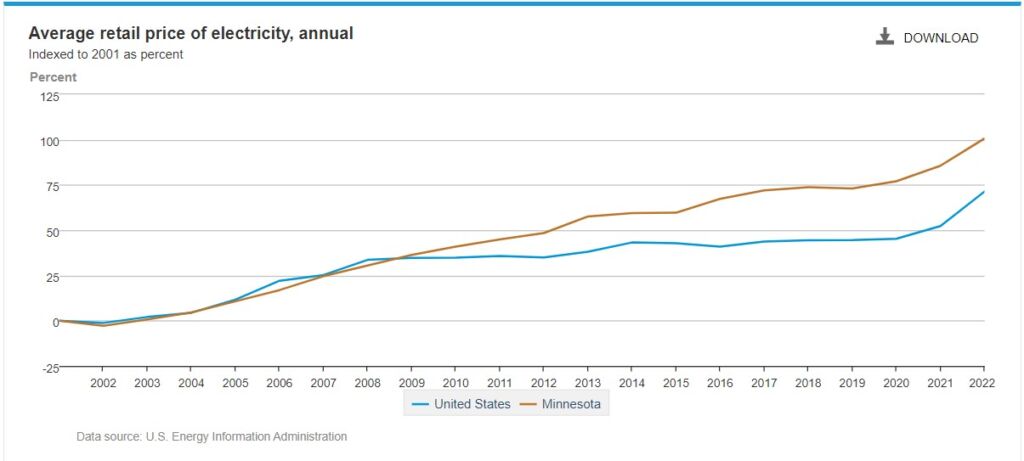The Good, The Bad, and The Ugly of the energy provisions in the debt ceiling bill
Yesterday, I highlighted The Good provisions of the debt ceiling compromise. Today, I’ll highlight The Bad provisions pertaining to energy.
The Bad: Unlimited wind and solar subsidies
Earlier this year, House Republicans passed the Limit, Save, Grow Act, which sought to repeal the wind and solar subsidies pushed through last session in the so-called “Inflation Reduction Act,” or IRA.
Unfortunately, all of the subsidies for unreliable wind and solar facilities were retained in their full amounts in the debt ceiling bill, which is bad news for the electric grid’s reliability.
Myron Ebel at the Competitive Enterprise Institute writes:
Continuing federal handouts to the climate-industrial complex for another ten years will encourage continuing massive over-investment in wind turbines and solar panels (and lots of other commercially unviable technologies). That means less reliable supply and higher costs. This is not speculation. The states that have enacted policies to require more renewable electric generation already have, with a few exceptions, much higher electric rates than the national average, while the states that have been slower to get on the green energy bandwagon have the lowest rates.
The Congressional Budget Office forecast that the IRA’s energy and climate provisions would cost $391 billion between 2022 and 2031, but this appears to be a massive underestimate. According to an analysis by Goldman Sachs, taxpayers will likely be on the hook for $1.2 trillion in green energy giveaways during this time period.
This isn’t just about the money being used to subsidize wind and solar; it’s about the fact that subsidies encourage rational people to do irrational things.
For example, the Administration argues that the IRA subsidies reduce the cost of the Environmental Protection Agency (EPA) regulations promulgated by Biden that are designed to shut down coal and natural gas power plants. This is simply untrue. Subsidies do not change the cost of a good or service; they simply change who pays for it.
Subsidies for wind and solar also drive down wholesale power prices, which force reliable coal and nuclear power plants off the grid even though they are the most reliable power plants on the grid.
While wholesale prices fall with higher supply, the same is not true for retail prices, which increase because electric companies like Xcel Energy are allowed to increase their prices to pay for the new wind turbines and solar panels needed to meet state mandates, plus a healthy profit.

Repealing these subsidies, which were a top priority of liberal lawmakers last session, was always going to be an aspirational goal with a divided government. However, conservative lawmakers in Congress will now be held to this standard moving forward, and voters will expect them to repeal these subsidies if and when they are in control of the other branches of government.